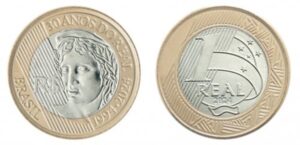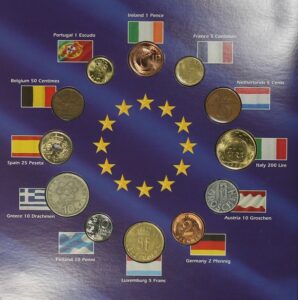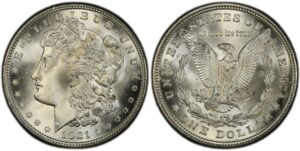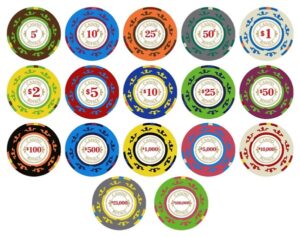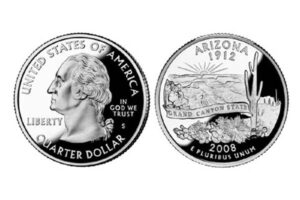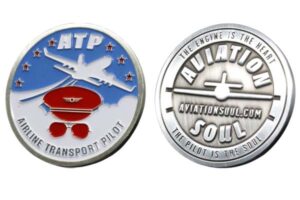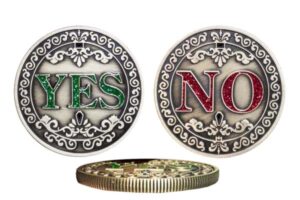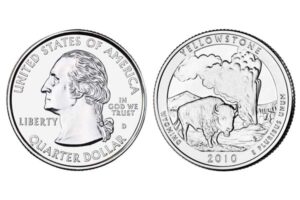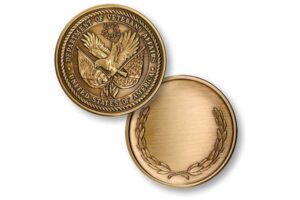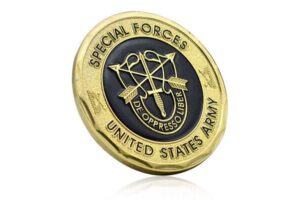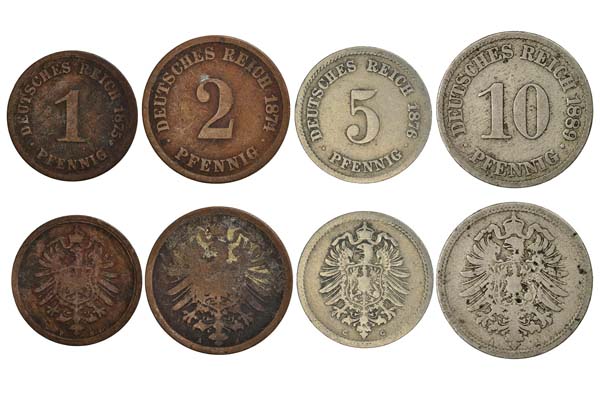
"I once held a 1920s German coin with mysterious symbols. Its story needed telling - but first, its name."
Old German coins were called Reichsmarks1 (1871-1945) and Deutsche Marks2 (1948-2001), with smaller units known as Pfennigs. These coins evolved through empires, wars, and reunification before being replaced by the euro.
Like these coins, Europe's monetary history hides fascinating details. Let's uncover more stories stamped in metal.
What Currency Has Been Used in the Netherlands Since 2002?
The Dutch guilder ruled wallets for centuries. Then came a quiet revolution.
The Netherlands adopted the euro (€) in 2002, replacing the Dutch guilder (NLG). Euro coins feature Queen Máxima's portrait, while notes show Dutch architectural styles.
Key Changes in Dutch Money
| Feature | Guilder (Pre-2002) | Euro (Post-2002) |
|---|---|---|
| Symbol | ƒ | € |
| Coin Images | Monarchs | National designs |
| Exchange Rate | 1€ = 2.20371 NLG | Fixed conversion |
The transition caused initial confusion. Older Dutch still convert prices mentally. I've seen shopkeepers patiently explain euro values to tourists holding guilders from attic finds.
What Was the European Currency Before the Euro?
Europe's monetary map looked like a jigsaw puzzle pre-1999.
Before the euro, each European nation had distinct currencies: Deutsche Mark (Germany), French Franc (France), Lira (Italy), and Peseta (Spain). These coexisted through trade agreements until monetary unification.
3 Forgotten Pre-Euro Facts
- Emergency Money: Some cities issued Notgeld3 (emergency coins) during economic crises
- Private Coinage: Factories like Krupp minted company money for workers
- Border Zones: Special coins circulated in areas like Saarland during political changes
Collectors now hunt these discontinued currencies. Last month, we replicated 1930s French Franc patterns for a Parisian museum exhibit.
What Is the Suriname Dollar Called?
This South American nation's money tells a colonial story.
Snippet paragraph: Suriname uses the Surinamese dollar (SRD), divided into 100 cents. Introduced in 2004, it replaced the Surinamese guilder at 1 SRD = 1,000 old guilders after hyperinflation.
The SRD's animal-themed coins help teach kids about local wildlife. We recently produced educational coin sets for Surinamese schools featuring jaguars and giant otters.
What Is the Currency in Belgium and the Netherlands?
Two neighbors, one modern currency - but different histories.
Both Belgium and the Netherlands now use the euro. Previously, Belgium had francs (BEF) while the Netherlands used guilders (NLG). Their euro coins retain national symbols - Dutch royals vs Belgian landmarks.
Comparison of Pre-Euro Coins
| Country | Old Currency | Last Coin Series Theme |
|---|---|---|
| Netherlands | Guilder | Crowned lions |
| Belgium | Franc | Atomium monument |
When Brussels clients order commemorative euros, they often choose Art Nouveau designs. Amsterdam buyers prefer maritime motifs - we've cast over 50,000 ship-themed coins this year.
Preserve History with Custom Coins
As someone who's handled coins from Weimar hyperinflation to modern euros, I know replicas need precision. At INIMAKER®, we craft educational coins with:
- Historical Accuracy: Laser-scanned museum specimens
- Durability: 18-month anti-tarnish guarantee
- Flexibility: MOQ 100 pieces for schools/hobbyists
Last month, a Berlin history teacher ordered Third Reich coin replicas (demilitarized designs) for classroom use. We delivered in 11 days with authentication certificates.
Conclusion
From Reichsmarks1 to euros, coins map Europe's turbulent history. Understanding old currencies helps decode antique finds and appreciate modern money's complex heritage.
-
Exploring the history of Reichsmarks reveals the evolution of German currency and its impact on European economics. ↩ ↩
-
Understanding Deutsche Marks provides insight into Germany's post-war recovery and its role in the European monetary system. ↩
-
Discovering the concept of Notgeld uncovers fascinating stories of emergency currencies and their historical context in Europe. ↩

